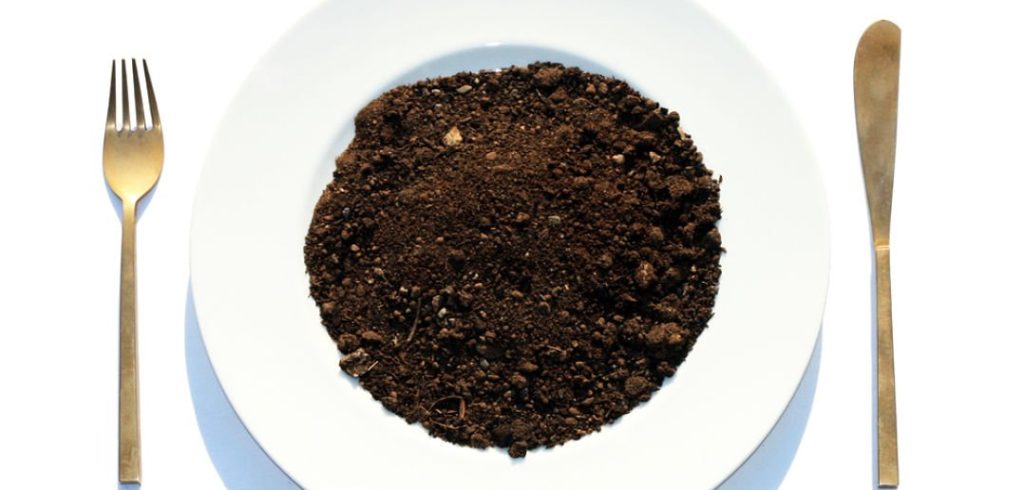Geophagy, often known as the habit of eating mud biscuits, is something that has been documented in many different tribes and areas over the course of human history. It is generally connected with periods of time when there is a lack of food, during which people resort to eating dirt or clay as a source of nourishment. This conduct is really fairly typical in times of desperation and is motivated by both cultural and physiological causes. Despite the fact that it may seem unappetizing and might even be hazardous, this behavior is actually quite common.
Brief History of Geophagy
The practice of eating rocks, or geophagy, has been seen in a great many locations of the globe, including certain portions of Africa, South America, and Asia. Many communities in Africa, where there is a persistent problem with insufficient food supplies, have turned to eat mud cookies as a method of subsistence. When making the dough, the mud is often combined with cassava or maize flour. The dough is then typically shaped into cakes or balls and dried in the sun. People who, in the absence of these mud biscuits, could normally go hungry have access to a supply of calories and minerals thanks to the food shortage.

The custom of eating mud cookies often has its origins in the beliefs and practices of several cultures. Eating dirt is viewed as a method to connect with the ground and gain the spiritual as well as nutritional advantages of doing so in a number of different cultures. For instance, in certain African cultures, it is widely held that the earth itself contains ancestor spirits with the ability to give both protection and direction.
Potential reasons for geophagy
People consume mud cookies for a variety of reasons, including those that have to do with their bodies and their cultural beliefs. A diet that is poor in nutrients may be deficient in key minerals like iron, calcium, and zinc, which are needed for general health but may be absent in a diet like that. Essential minerals may be found in soil and clay. Consuming mud cookies may offer a supply of these essential minerals and help avoid malnutrition during times of severe food shortage.
However, despite the fact that geophagy may provide a short-term solution to the problem of a lack of food, it is not a habit that is encouraged. Consuming dirt and clay may also bring dangerous pollutants into the body, such as lead and parasites. Consuming dirt may also hinder the body’s capacity to absorb nutrients from other meals, which makes an already serious issue much worse. Malnutrition is a common problem in many parts of the world.
Possible solutions
It is vital to establish long-term solutions that offer access to appropriate and nutritious food in order to solve the issue of food shortage and malnutrition. These solutions must be implemented as soon as possible. This may be accomplished via the implementation of policies that support food security programs, enhance access to markets and education, and encourage environmentally responsible farming practices.
Conclusion
In conclusion, eating mud cookies has been a tradition that has been followed throughout the course of history as a method of survival during periods when there was a lack of food. It is not a practice that is suggested owing to the possible health hazards that are involved with ingesting dirt and clay. Notwithstanding the fact that it may be a source of calories and minerals, it is not a practice that is recommended. To put a stop to this behavior and to enhance the health and wellbeing of those who are compelled to engage in it, the solution lies in addressing the underlying factors that contribute to a shortage of food, such as poverty and a lack of access to food that is nutritious.